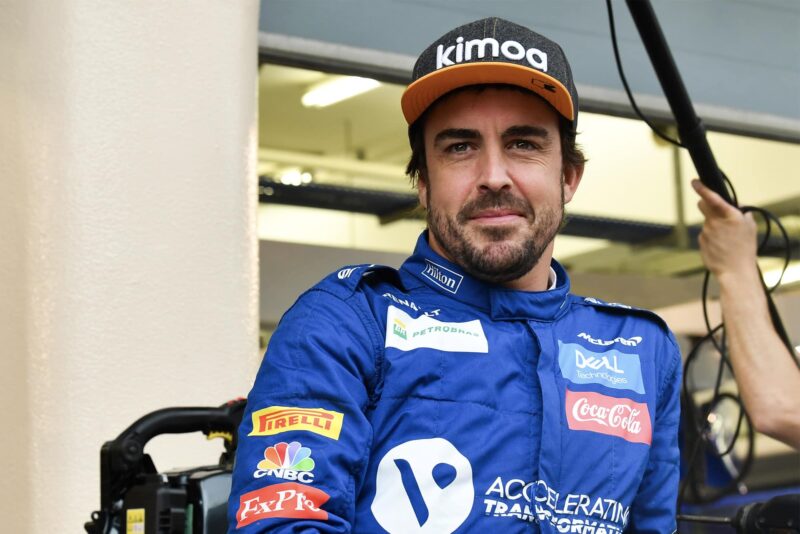Alonso-McLaren partnership officially ends
Fernando Alonso is no longer an ambassador for the McLaren F1 team

Motorsport Images
Fernando Alonso has parted ways with McLaren after the Spaniard’s ambassadorial role with the team was not extended beyond the end of 2019.
As revealed by Motor Sport’s Mark Hughes in July last year, the McLaren-Alonso partnership was effectively over after the ill-fated Indy 500 attempt in which the two-time Formula 1 world champion failed to make the grid following a number of embarrassing errors by the team.
Disrupted preparation meant that Alonso failed to make the final grid of 30, falling below the cut-off line in the qualifying ‘Bump Day’.
The ending of the partnership between the team and driver means that any subsequent Indy 500 attempt will likely be with another team that is more established and experienced.
Andretti Autosport has been touted as a potential route Alonso could take in any further Indy 500 commitments as he continues to chase the final victory he would need to secure motor sport’s Triple Crown.
Related content
- MPH: How McLaren has revived its fortunes – without Alonso
- McLaren video shows team’s failed bid to qualify for Indy 500 with Alonso
Part of the role Alonso held with the McLaren team included testing the F1 car at Bahrain following the 2019 race.
Though he said the car was an improvement over the previous effort from the Woking-based outfit, he said it would not tempt him out of retirement.
Alonso has maintained that he would not return to F1 unless he joined a team with a car capable of winning a world championship.
McLaren told Autosport: “Fernando is a world-class competitor and we wish him well for the future.
“While our relationship has come to a natural conclusion, he will always remain part of the McLaren family.”
Since his McLaren test, Alonso has worked closely with Toyota and competed in the 2020 Dakar Rally with the Toyota Gazoo team, finishing 13th overall in his first attempt at the gruelling event.
Meanwhile, McLaren has placed its faith in Carlos Sainz and Lando Norris to lead the team, with fourth in the 2019 constructors’ championship the team’s best finish since the 2014 season and the start of the hybrid power unit era.
